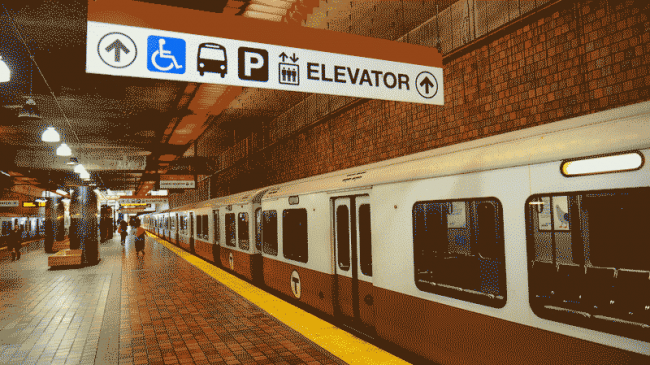Today Reason Foundation highlights the fourth of sixth national surface transportation policies that need to be changed. Past posts detail the problems with the TIGER grants program, the need for MPOs to analyze whether their long-range transportation plans reduce congestion and the need to add taxpayer protections to the RRIF program. Today’s one pager concerns the funding of non-federal transportation purposes with federal highway funds.
In 1956 federal highway act created the Interstate system and dedicated gas tax proceeds to fund a national highway system. This users-pay/users-benefit system was designed to use fuel taxes to support construction (and later maintenance) of the Interstate and national highway system. Over the last30 years, the program has diverted an increasing percentage of its funds to transit, bicycling, walking, smart growth, transportation museums, weed removal and other non-federal transportation purposes. While these programs have value, they also reduce the funding available for federal aid to highways, which has jeopardized interstate commerce. The full one-pager is available here.
Federal transportation funding is limited. With little bipartisan interest in increasing the gas tax or embracing an alternate funding mechanism coupled with increasing vehicle fuel efficiency, federal gas tax receipts must be targeted as effectively as possible. Fuel tax diversions significantly reduce funding for highways.
Unfortunately due to maintenance needs of the Interstate system we can no longer afford these diversions. My colleague Robert Poole analyzed the cost to modernize the national highway system and determined that we need all of this funding (and tolling) to modernize the system. We need to eliminate federal aid funding for all non-federal non-highway uses and return the federal highway program to a users-pay/users-benefit highway program.
Further, U.S. government policy is based on the principle of federalism where the federal and state government share legislative responsibilities. In transportation the federal government funds interstate passenger and goods movement using federal aid highways, aviation, inland waterways, and ports. Traditionally, lesser road systems and other transportation modes have been funded by state and local governments. While transit and active transportation are important in certain states and regions, such systems are not federal in nature and should not be funded by the federal government. Most local governments and some states provide substantial funding for transit. Federal government funding makes up less than 30% of the revenue for the most important transit agencies such as the New York Metropolitan Transportation Authority. The funding of these modes from federal aid amounts to a cross-subsidy from highway users to other modes.
While transit is important in many communities, it should be funded by farebox revenue and with supplementary local funding that does not come from federal roadway funding. U.S. transportation policy is predicated on a users-pay/users-benefit system. Potential funding sources for transit include local general tax revenue and value capture. (Value capture uses increases in land values resulting from highway and transit projects to finance infrastructure improvements.)
Currently, under Moving Ahead for Progress in the 21st Century (MAP-21) transit receives approximately $11 billion per year. Additionally, there is approximately $5 billion per year in highway funding that is flexed to transit, bicycling, walking or non-transportation purposes. This totals $16 billion in additional highway funding per year, or about 1/3 of federal gasoline taxes. While the funding changes would affect transit, operators could rely on federal general fund expenditures supplemented by state and local revenue. Since active transportation receives little federal funding, the change is not expected to have a major affect. The full one-pager is available here.

